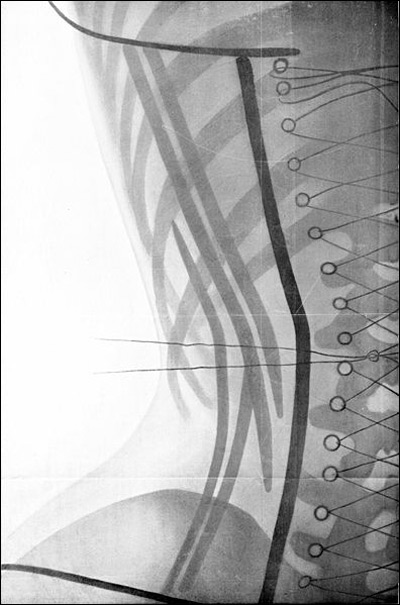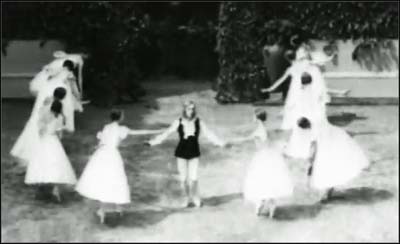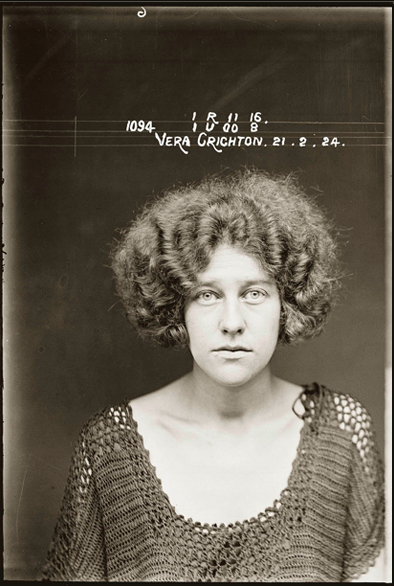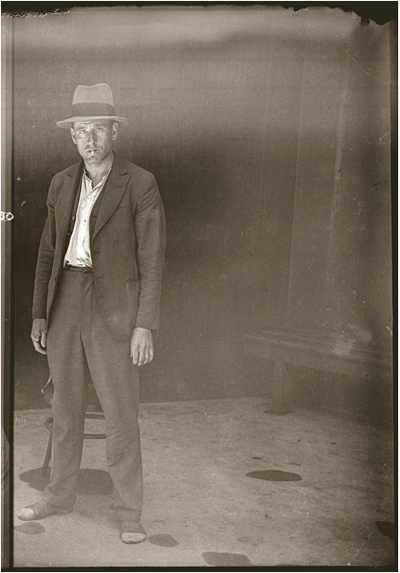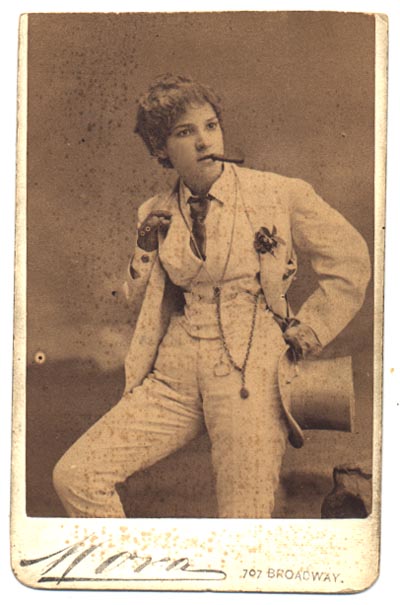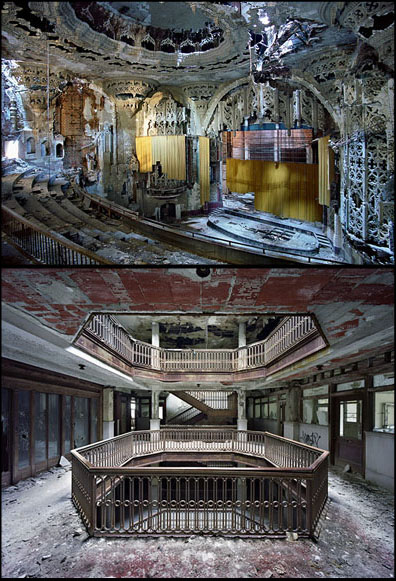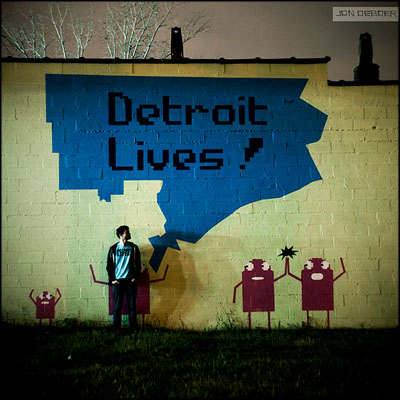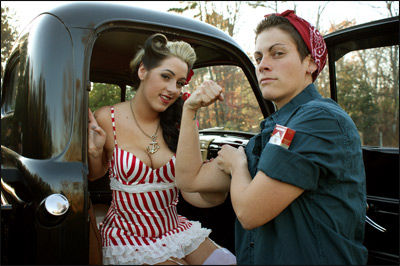The Unyielding Mystery of Catalog No. 439
EDITOR’S NOTE: Yet another wonderful post from our longtime contributor, Jeffrey Wengrofsky! This past year, he’s been keeping busy with all manner of projects, and this Sunday, April 3, his Syndicate of Human Image Traffickers will be screening “The Gospel According to Reverend Billy” as part of the Prison is an Angry Father fundraiser at Goodbye Blue Monday (1087 Broadway, Bushwick, New York). It’s a benefit for a prisoner’s rights project created by the Sanctuary of Hope. The event will include live performances of an almost musical variety, as well as the screening of several more short films in addition the Syndicate’s. Doors open at 8pm. Showtime for “The Gospel According to Reverend Billy” is 10pm. This event is free of charge.
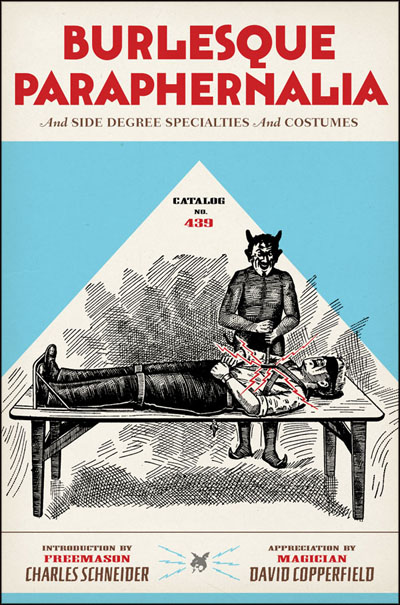
Last year I spent my summer vacation working on a feature film in Detroit. While creeping around the city, I could not help but notice its mountainous Masonic Temple – the largest in the world – whose muscular shoulders rise above its environs as if Charlton Heston’s urban fortress in Omega Man were carved into Yosemite’s El Capitan. I was even able to arrange a private tour of the windowless monolith by its hospitable and wily Grand Master, including many meeting rooms and a majestic 4,004 seat auditorium (numerologists take note), all of it a visual feast for anyone with a taste for dramatic architecture, grotesque beauty, or even cryptography for that matter. While in the lobby, our guide offhandedly revealed three levels of meaning behind a seemingly random painting, and the stately oddities awaiting us in floors above and below nearly exploded with symbolic resonance. Unfortunately, the photographer I brought with me was so spooked by the whole experience that he ran screaming into the long night, ever since unreachable by phone or email.
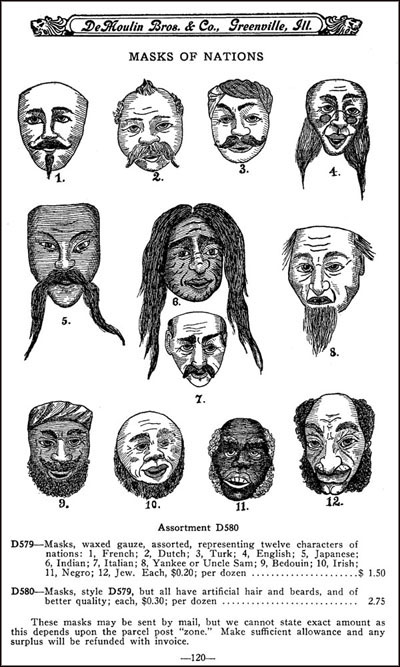
And who can blame him? The uninitiated public can never comfortably claim to understand the true raison d’etre and inner machinations of secret societies because any scholar or spokesperson or self-declared defector may actually be a shill for the organization, planting seeds of misinformation and spreading misleading rumors. Even joining such a society does not entitle one to understanding the ways of its upper circles. Circles within circles, dear reader. Are you getting sleepy? The cinematic accoutrements – vaulted iron doors, masks, handshakes and cloaks – provide the perfect canvas for our fears of the unknown and desires for hidden order beneath evident chaos, conjuring a veil behind which we may never knowingly trespass. Consequently, it can never be definitely settled as to whether any or all such societies are actually: cults of mystical inquiry; wholesome gatherings of those serving laudable Enlightenment values of science and public service; the core of a dastardly “power elite”; congresses of people who enjoy rituals involving aprons (not that there’s anything wrong with that); or some combination thereof.
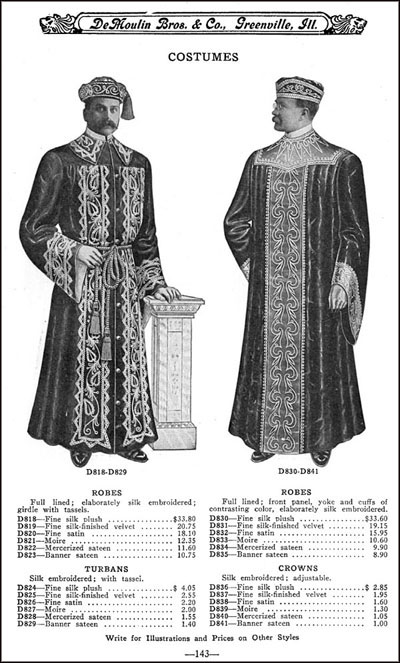
Last year, Fantagraphics reproduced Catalog No. 439 of the DeMoulin Brothers– the most extensive depiction of initiation contraptions and ritual outfits used by Freemasons and other fraternal orders, like the Odd Fellows, the Knights of Pythias, and E. Clampus Vitus. Bearing the title Burlesque Paraphernalia and Side Degree Specialties and Costumes, this wacky book may shed a shred of light into the outer sanctum of these associations – unless, of course, it is actually a hoax disseminated to lead us astray. Bracketing but never disregarding this notion, the readership of Coilhouse may discover certain Truths regarding these quasi-mystical clubs from perusing its glossy pages. Even if Enlightenment should, as always, prove ever elusive, the illustrated designs of Edmund DeMoulin and the handiwork of his brothers Ulysses and Erastus, as reproduced in Burlesque Paraphernalia, will still deliver amusing, if sadistic, anthropology.






